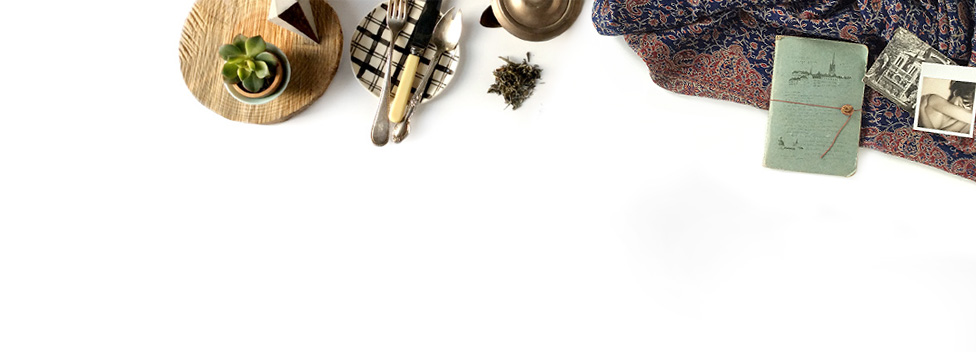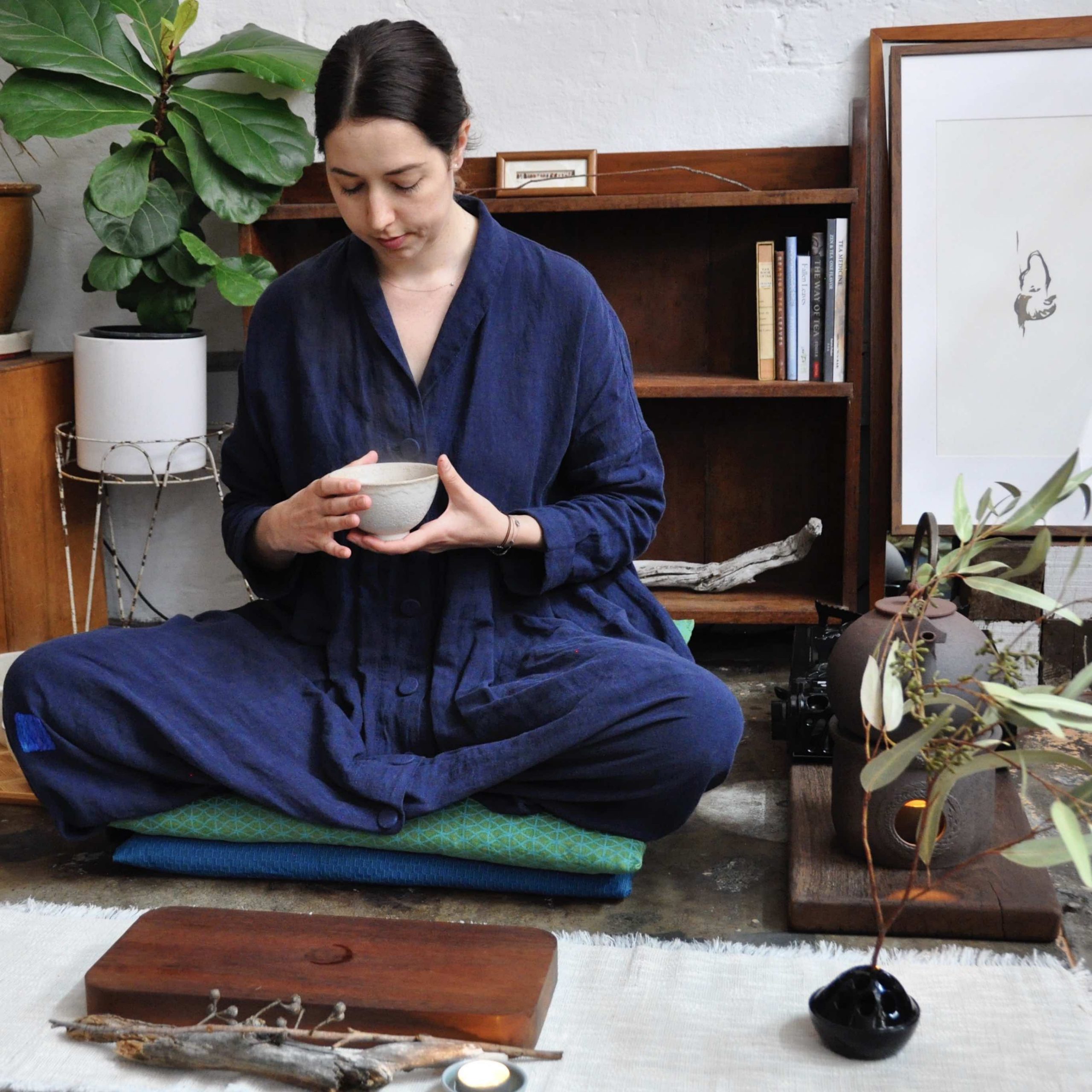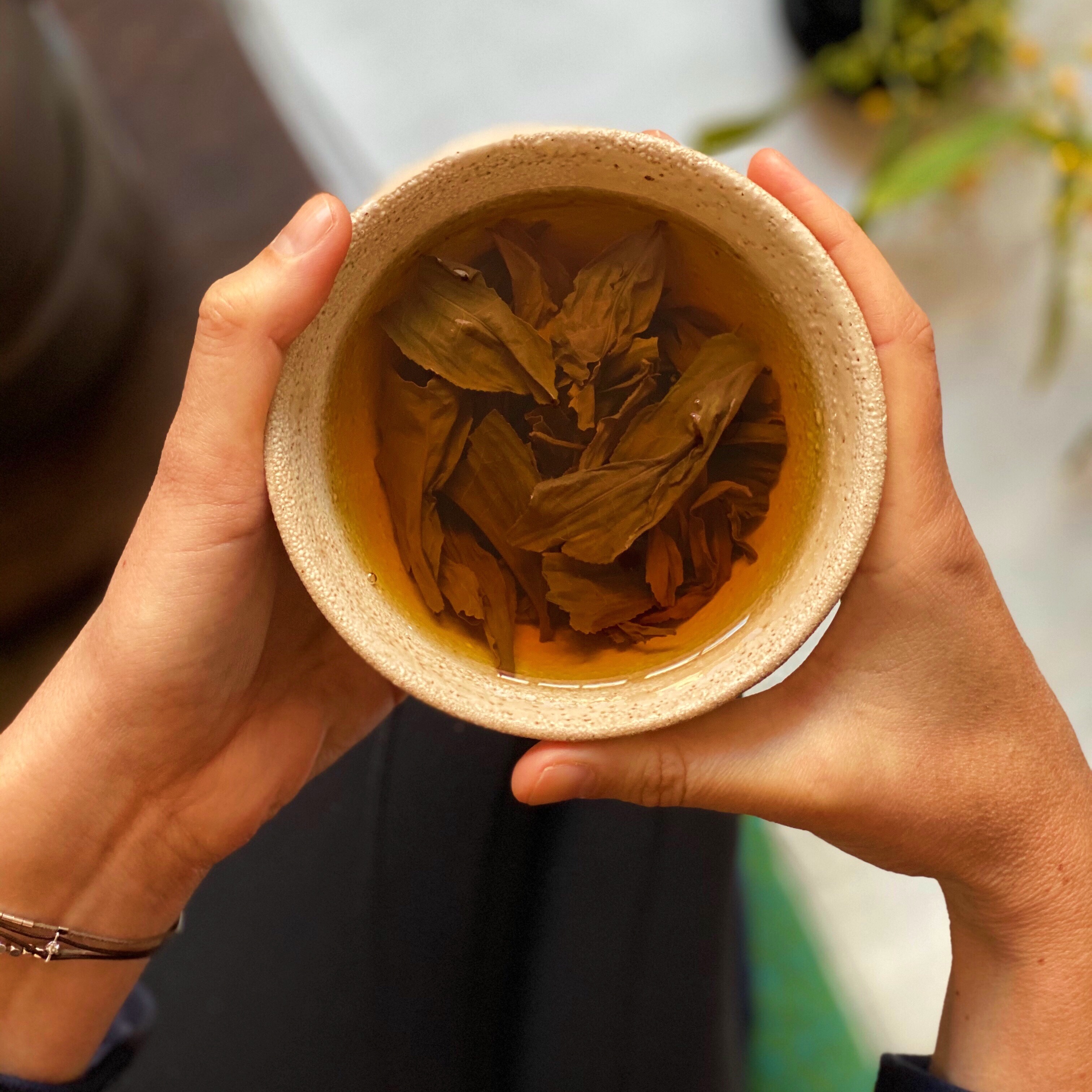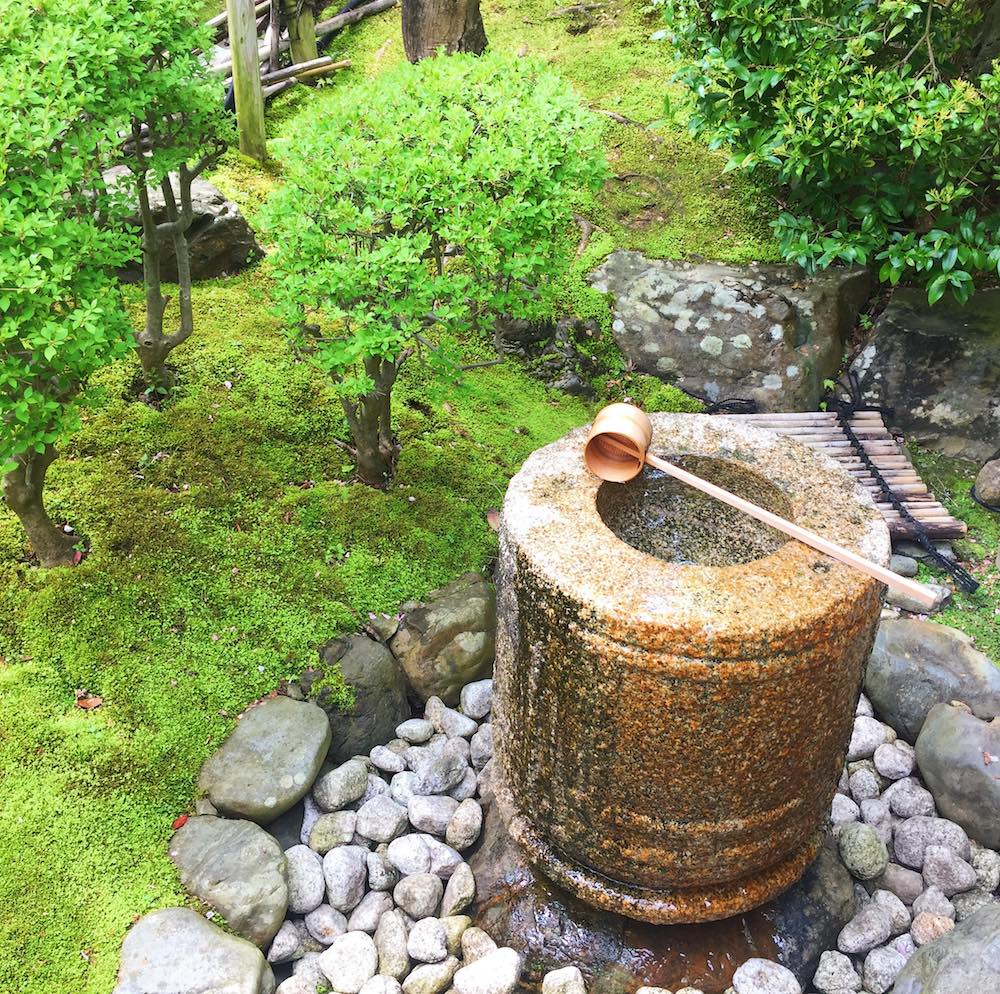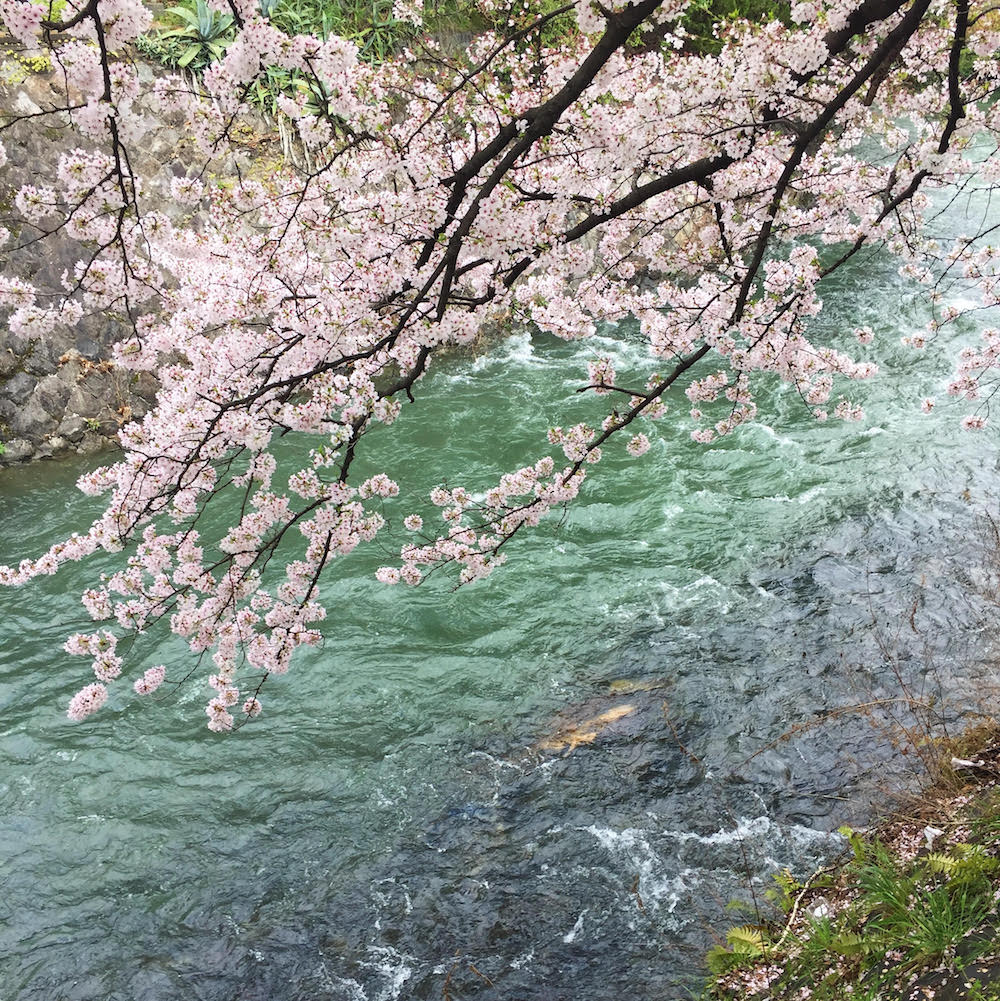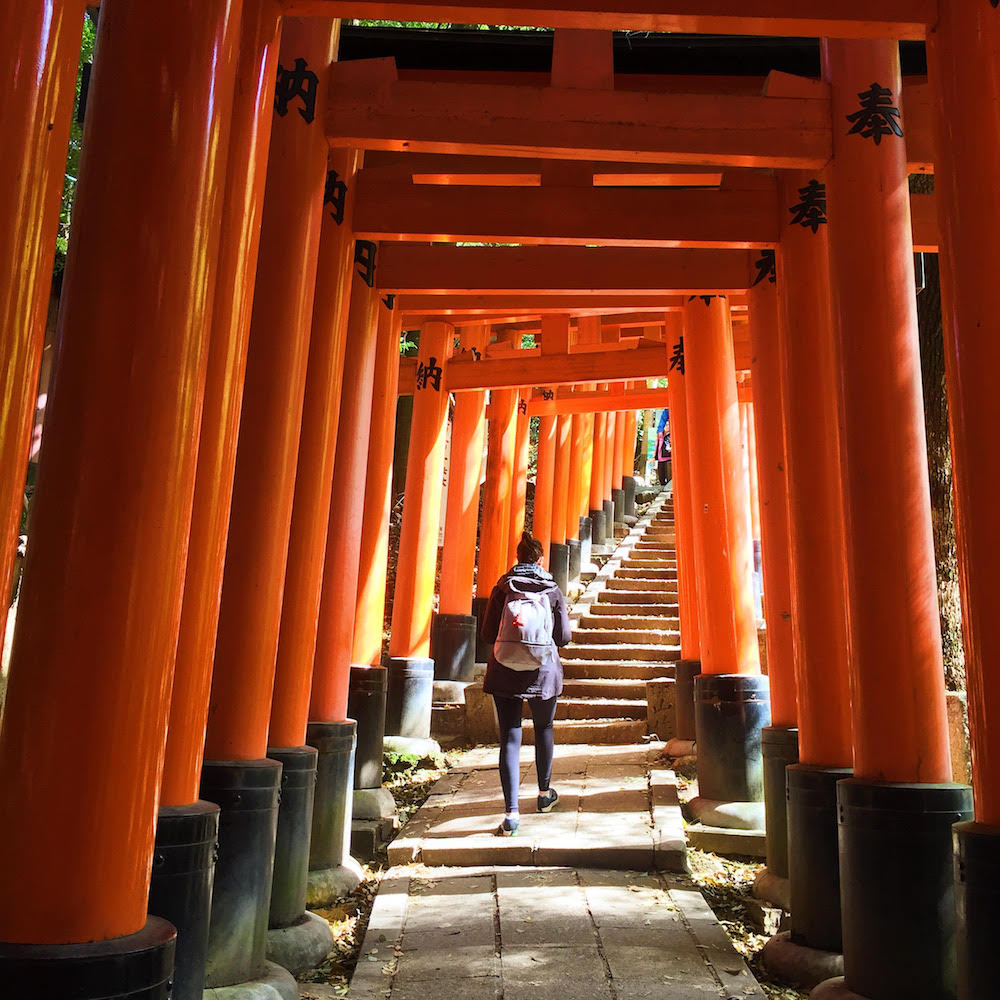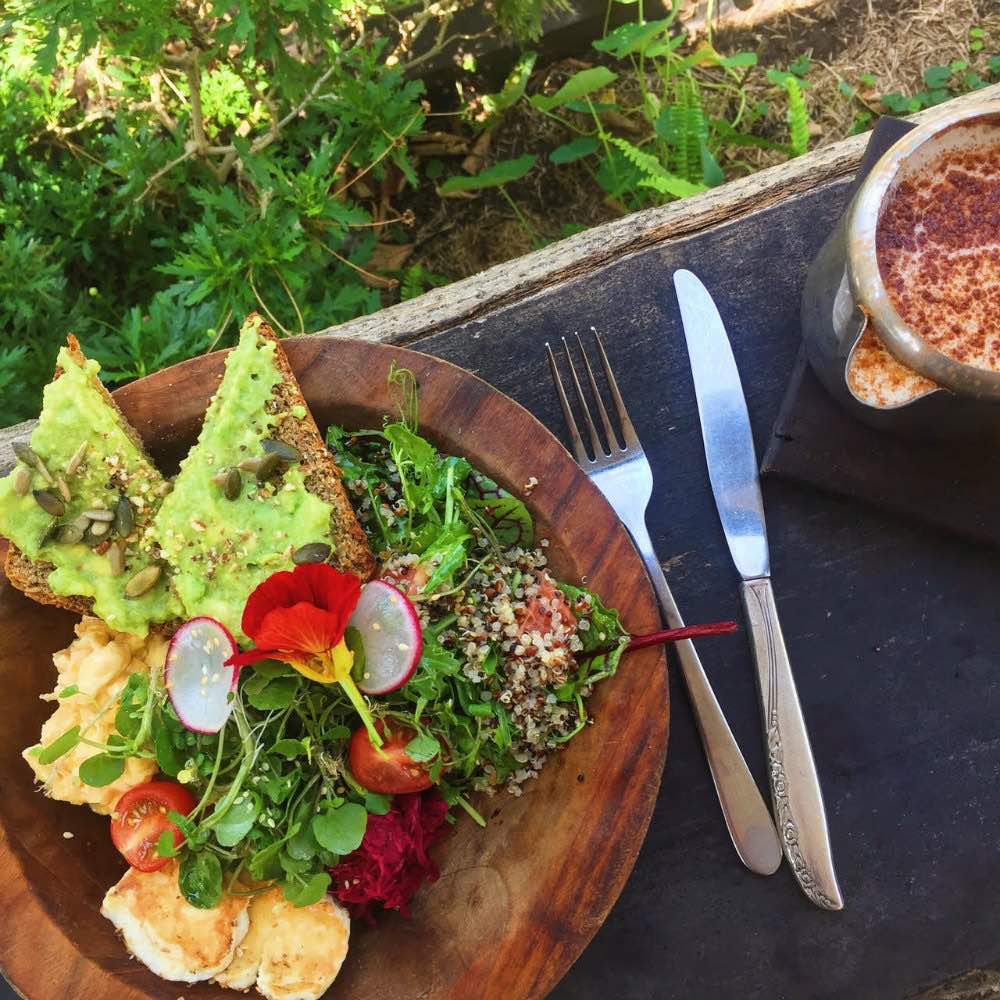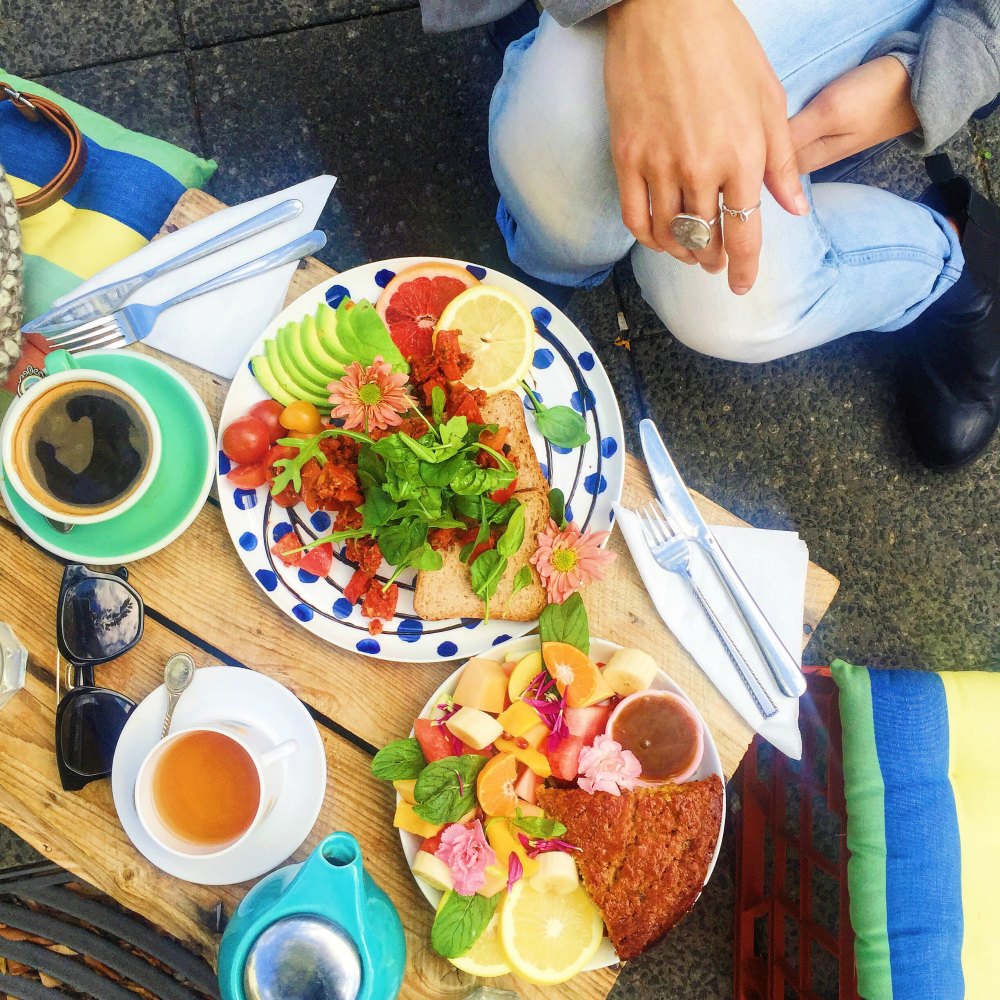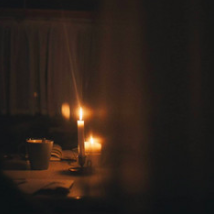The Reality of Return Shock and ‘Soul Lag’
2 September 2024 | BY ANDJELKA JANKOVIC | Life , Travel

I miss her more than ever words can say
My new party trick is crying every time I talk about Ireland.
Most people seem to do life gracefully.
Not me.
I was gifted the intensity gene.
While my body is back in Australia, my heart — and more to the point, my soul — feels like it is still in the hills of West Cork and the mountains of Kerry, picking a blackberry straight from the bramble.
I travelled and lived in Ireland for 10 months, returning to Fremantle earlier this year.
To say I was not ready to leave Ireland is the understatement of my life.
I did not want to go.
Not just a river in Egypt, I was living in denial.
I moved my first ticket home in November 2023 to February 2024 when I decided that I wanted to experience an Irish winter and finally get to writing the first draft of my book (that I certainly had not written a single word of in the first six months of travel as I was quite literally living the book).
I’d also fallen deeply in love with Ireland, even before I’d arrived — through the words of John O’Donohue, David Whyte, music, and films.
I was on a pilgrimage to honour the soul of John O’Donohue — a remarkable man and as I discovered later, a spirit guide.
This piece is not about Ireland though.
I will be starting a Substack soon that will detail – in great length and no anecdotes spared – the magic of Ireland and everything that happened to me. It was extraordinary.
If these things had happened to anyone else, I’m not sure I would have believed them.
This piece is about leaving Ireland.
On the morning of my departure, I was in such a state of anticipated heartbreak and disbelief, that I thought, there is no way I can possibly be going.
I was staying at my anam cara Geraldine’s house in Dublin – having our usual morning chats when my taxi arrived. Halfway through my breakfast, I hadn’t even finished packing. This is a shocker for a Virgo.
I was dilly-dallying in the bathroom when Geraldine said, “You have to go or you will miss your flight.”
Missing my flight was actually my full intention.
I was anticipating that at any moment, there would be an announcement that all global planes were grounded and that we’d all have to stay put.
No such news came.
So I exited her pink door to the street, with the boot popped on the taxi, and all my belongings in the back.
At the airport, I checked in and was fully awaiting all the departure screens to turn to CANCELLED like they do in 90s movies.
I was simply waiting for my chance to go back to my Irish life. I was fairly confident it would only be a matter of minutes.
It wasn’t until I was wandering around the whiskey section, buying a special gift for my stepdad, that it hit me. I was leaving. HOW DID THIS HAPPEN?
Then I started bawling – while a kind man was explaining the difference between copper barrels and muscatel-aged whiskey. I think he thought I was finding the choice point emotional. He had no idea what torrent of pain I was sitting on. As I boarded and handed over my ticket to cross the threshold into the plane, I was genuinely still thinking, here it comes, it will all make sense when we all have to get out in a second.
I cannot leave and I cannot let it go; the pilot says we are about to fly.
The plane took off.
And my soul was no longer with me.
Arriving back, I hugged my mum and then was hit with a mammoth wall of heat, a full 43 degrees Celsius of it.
My feet were in Western Australia, I couldn’t tell you where the rest of me was.
The hottest it has been in Ireland was 27 degrees, and in summer there was almost daily rain, which suits me fine and no one seems to believe me on this.
I can tell you what 43 degrees feels like – the end of times. A dry, unforgiving to your core heat. The flatness shook me too. I call it, ‘Southern Hemisphere displacement’ or vice versa when you feel like you belong in the opposite hemisphere.
I got back to my house, so excited to see my beautiful kitty CousCous, and then left alone, the unravelling began.
A deep volcanic pain started to arise in me and it was saying, oh no — what have you done?
I like to call this my ‘crying everywhere in Fremantle’ period.
I cried walking to the beach, at the beach, during tea, at the shops, at my favourite cafe, in my car, in the shower. Every path and corner. You name it, I’ve probably cried there.
Despair is the place that takes us in when we have nowhere else to go. — David Whyte
I was at the bottom of the world again and at an extremely low point in my life. It was agony.
There is a word for this: return shock.
I was enveloped in a sacred sadness that I can only describe as the most disorientated I’ve felt in a long time (and I had a double Saturn Return).
As I pointed out to my mum, I was born in the Northern Hemisphere (Serbia). All my ancestry from as far back as anyone knows was surrounded by rivers and mountains and trees. Back in the Southern Hemisphere, I felt like I didn’t belong here more than ever – which is a knowing I’ve had since I was six. But now this was amplified from a whisper to a stadium concert.
And I had no idea what to do about it.
One morning, I was at a cafe with friends after a group meditation on the beach. I was crying (you can sense a theme here) when my friend Libby asked how I was doing, and I said: “It feels like my soul didn’t come back with me.”
And then what she said next changed my life.
“Oh honey, that’s totally normal – you have soul lag. Souls don’t travel on planes. They go much slower.”
Soul what? I asked. Something resonated.
She went on to explain that just because I left Ireland doesn’t mean my soul came with me.
THAT IS EXACTLY WHAT IT FELT LIKE.
My soul was not with me. It was still in Ireland.
No wonder I felt so lost.
I’d never felt more understood in my life.
And now I had a name for it.
I needed to know more, so I’ve spent a lot of time sitting with the concept and trying to understand it. Now I’m able to share what this was all about.
What is return shock?
I don’t want to exaggerate — but I felt like I was going to die.
Return shock is the utter heartbreak of leaving a place that you love.
The ‘shock’ comes from returning ‘home’ and it feeling nothing like that word implies.
Let everything happen to you: beauty and terror. Just keep going. No feeling is final. — Rainer Maria Rilke
It is confusion, bewilderment, and panic. Life feels boring, flat, and unhopeful.
You can’t help but feel that you’ve majorly (and I mean METEORICALLY) messed up by returning home, and now you have to live with it.
Welcome to the human experience of being alive and an animal of longing.
I’ve hit rock bottom so many times, my name must be on a plaque down there.
I seldom take the easy path in life (something I am working on) and here I was DRUDGING THROUGH THE THICKEST OF MUD. I know that Thích Nhất Hạnh said ‘No mud, no lotus’ and I’ve observed actual lotuses growing from mud when I was at a silent retreat in Ubud, but this was quite literally a whole new metaphor. It felt like there was mud in my lungs. And I am aware why: lungs are grief.
The lowest point of the low was one Saturday night. In extreme balmy heat, I took myself to a local hot dog joint to get my favourite bowl of shoestring fries.
